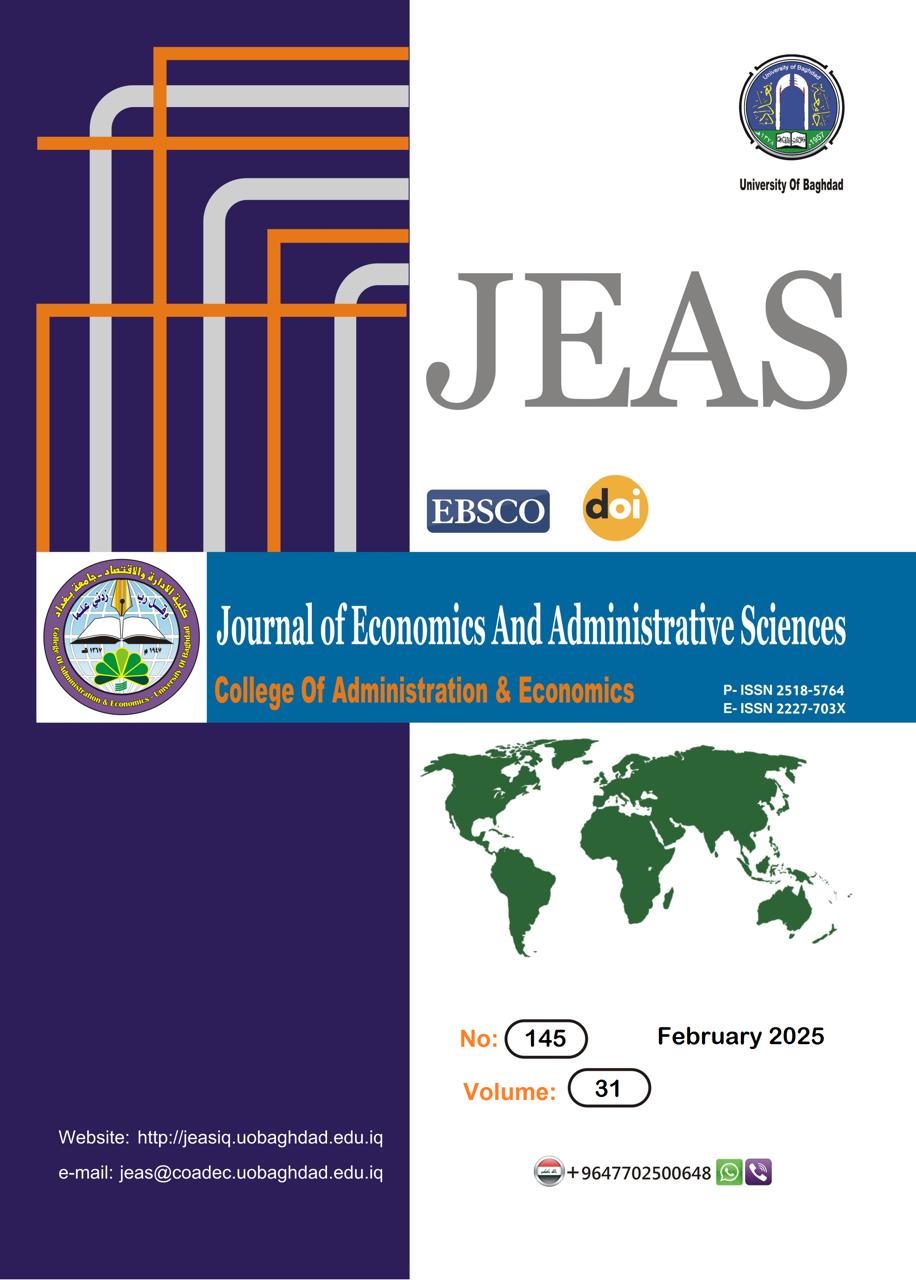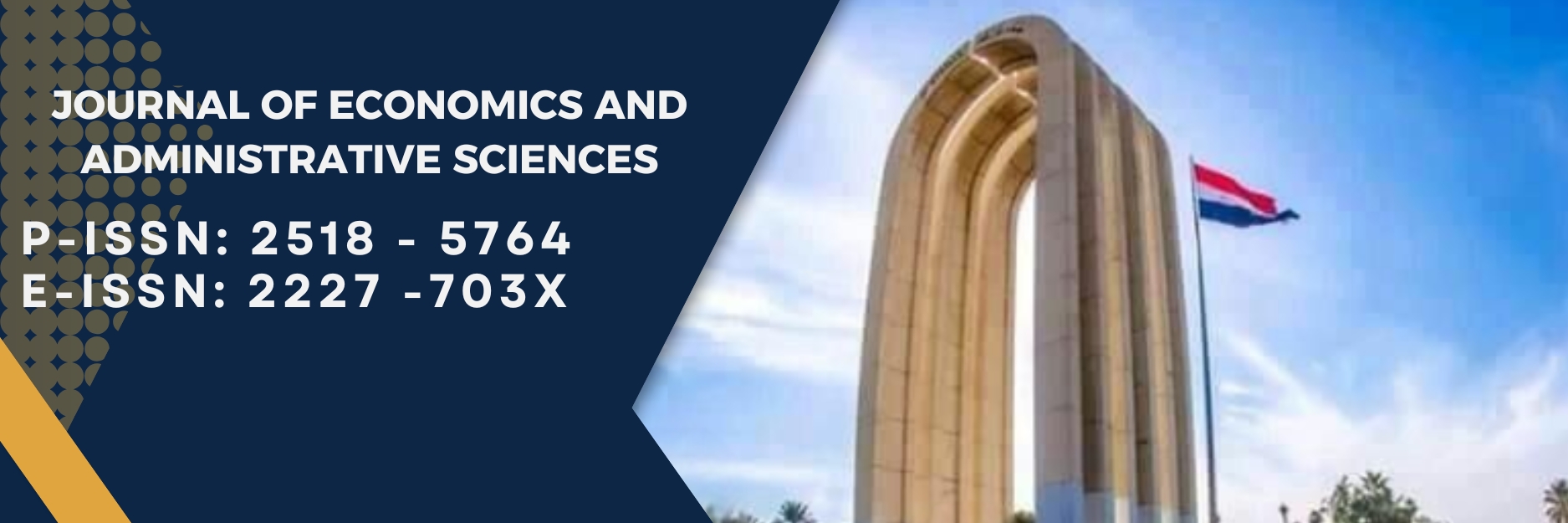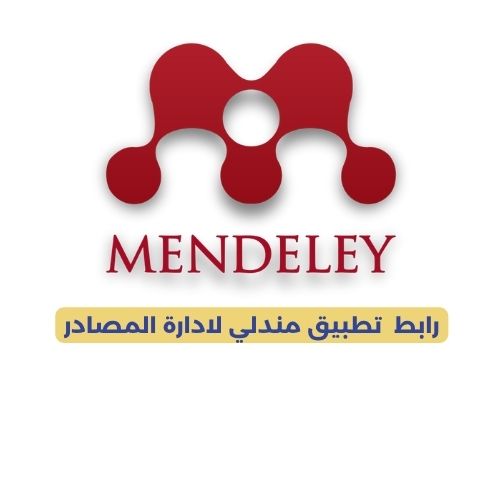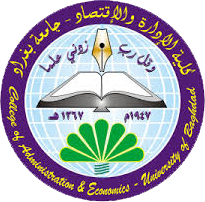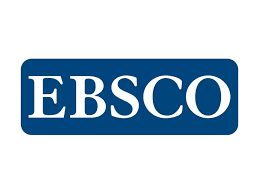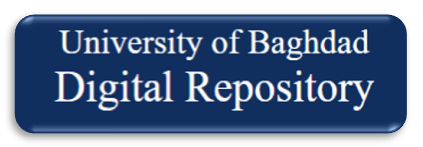The Impact Of Electronic Word-of-Mouth Marketing (Ewom) Acceptance On Purchase Intentions For Household Products On TikTok Shop
DOI:
https://doi.org/10.33095/8w6s9581Keywords:
Electronic word of mouth, Purchase intentions, TikTok shop, Household products, Online shopping, Marketing.Abstract
This article aims to discover the influence of Electronic word of mouth (eWOM) on consumer purchase intentions within the context of TikTok Shop, with particular attention given to household products. The motivation behind this study is to explain key variables that determine the role of eWOM as a major driver of consumer behavior in the digital market. A detailed model was also recommended to clearly establish how information perceived as useful and reader attitudes towards shared content influence purchasing behaviors. Conducting a mixed-methods investigation, this study aims at collecting the necessary data on 500 consumers from Ho Chi Minh City, then analyzing it via SPSS 24 and SmartPLS 4. The findings indicate the mediating effect of the acceptance of eWOM, its high impact on purchase intentions, as well as its relation to a great many other variables. These discoveries could guide some corporate strategies aimed at enhancing eWOM for maximum customer engagement on the worldwide stage for competitive marketing.
Downloads
References
Al-Ja’afreh, A. L. I., & Al-Adaileh, R. A. I. D. (2020). The impact of electronic word of mouth on consumers purchasing intention. Journal of Theoretical and Applied Information Technology, 98(02).
Arumugam, V., & Omar, A. (2016). Electronic word-of-mouth information adoption by online consumers. International Journal of ScieINe and Research (IJSR), 5(12), 1864-1869.
Awad, N. F., & Ragowsky, A. (2008). Establishing trust in electronic commerce through online word of mouth: An examination across genders. Journal of management information systems, 24(4), 101-121.
Bailey, J. E., & Pearson, S. W. (1983). Development of a tool for measuring and analyzing computer user satisfaction. Management ScieINe, 29(5), 530-545.
Bambauer-Sachse, S., & Mangold, S. (2011). Brand equity dilution through negative online word-of-mouth communication. Journal of Retailing and Consumer Services, 18(1), 38-45.
Bhat, N. Y., & Bhat, S. A. (2020). The influeINe of Electronic word of mouth (Ewom) on Consumers Purchase Intention: A review and analysis of the existing literature. IOSR J., 10(6).
Bickart, B., & Schindler, R. M. (2001). Internet forums as influential sources of consumer information. Journal of interactive marketing, 15(3), 31 - 40.
Cheung, C. M., & Thadani, D. R. (2012). The impact of electronic word-of-mouth communication: A literature analysis and integrative model. Decision support systems,, 54(1), 461-470.
Cheung, C. M., Lee, M. K., & Rabjohn, N. (2008). The impact of electronic word-of-mouth: The adoption of online opinions in online customer communities. Internet research, 18(3), 229-247.
CHO, B. K., & SHIN, H. S. (2020). Effects of SNS characteristics on SNS engagement and consumer brand engagement. The Korean Journal of FraINhise Management, 11(2), 23-39.
Chu, S. C., & Kim, Y. (2011). Determinants of consumer engagement in electronic word-of mouth (eWOM) in social networking sites. International journal of Advertising, 30(1), 47-75.
Cư, N. T., Quân, Đ. H. M., Quốc, T. N., & Trường, P. M. (2022). Truyền miệng trực tuyến và ý định lựa chọn nhà hàng: Vai trò của chất lượng, độ tin cậy và nhu cầu thông tin. Tạp chí Nghiên cứu Tài chính-Marketing, 66-80.
Daowd, A., Hasan, R., Eldabi, T., Rafi-ul-Shan, P. M., Cao, D., & Kasemsarn, N. (2021). Factors affecting eWOM credibility, information adoption and purchase intention on generation Y: A case from Thailand. Journal of Enterprise Information Management, 34(3), 838–859.
Davis, F. D. (1985). A technology acceptaINe model for empirically testing new end-user information systems: Theory and results (Doctoral dissertation, Massachusetts Institute of Technology).
Davis, F. D. (1989). Perceived usefulness, perceived ease of use, and user acceptaINe of information technology. MIS quarterly, 319-340.
DeLone, W. H., MIQean E. R. (1992). Information systems success: The quest for the dependent variable. Information Systems Research, 3(1), 60-95.
Erkan I., Evans C. (2018). Social media or shopping websites? The influeINe of eWOM on consumers’ online purchase intentions. Journal of Marketing Communications, 24(6), 617–632.
Erkan, I., & Evans, C. (2016). The influeINe of eWOM in social media on consumers’ purchase intentions: An extended approach to information adoption. Computers in human behavior, 61, 47-55.
Fan, Y. W., & Miao, Y. F. (2012). Effect of electronic word of mouth on customer purchuse intention: The perspective of gender differeINes. International Journal of Electronic Business Management,, 10(3), 175-181.
Fishbein, M., & Ajzen, I. (1975). Predicting and understanding consumer behavior: Attitude-behavior correspondeINe. In Ajzen, I. & Fishbein, M. (eds.). Understanding Attitudes and Predicting Social Behavior. Englewood IQiffs, NJ: Prentice Hal, 1(1), 148-172.
Flynn, L. R., Goldsmith, R. E., & Eastman, J. K. (1996). Opinion leaders and opinion seekers: Two new measurement scales. Journal of the academy of marketing scieINe, 24, 137-147.
Gökerik, M., Gürbüz, A., Erkan, I., Mogaji, E., & Sap, S. (2018). Surprise me with your ads! The impacts of guerrilla marketing in social media on brand image. Asia Pacific journal of marketing and logistics, 30(5), 1222-1238.
Gunawan D. D., Huarng K. H. (2015). Viral effects of social network and media on consumers’ purchase intention. Journal of Business Research, 68(11), 2237-2241.
Gupta, Y., Agarwal, S., Singh, P. B. (2020). To study the impact of instafamous celebrities on consumer buying behavior. Academy of Marketing Studies Journal, 24(2), 1-13.
Hair, J. F., Hult, G. T. M., Ringle, C. M., Sarstedt, M., & IUele, K. O. (2017). Mirror, mirror on the wall: a comparative evaluation of composite-based structural equation modeling methods. Journal of the academy of marketing scieINe, 45, 616-632.
Hennig-Thurau, T., Gwinner, K. P., Walsh, G., & Gremler, D. D. (2004). Electronic word ‐ of ‐ mouth via consumer ‐ opinion platforms: What motivates consumers to articulate themselves on the Internet? Journal of interactive marketing, 18(1), 38-52.
Henseler, J., Ringle, C. M., & Sinkovics, R. R. (2009). The use of partial least squares path modeling. AdvaINes in International Marketing, 20, 277-319.
Katz, E., Lazarsfeld, P.F., & Roper, E. . (1995). Personal influeINe. New York: Free Press.
KHEVIN, A. P. . (2023). The Influeine Of Electronic Word Of Mouth Through Tiktok On Purchasing Intention Of Skiinare Products In Indonesia.
Khwaja, M. G., Mahmood, S., & Zaman, U. (2020). Examining the effects of eWOM, trust inIQination, and information adoption on purchase intentions in an accelerated digital marketing context. Information, 11(10), 478.
Kumar, N., & Benbasat, I. (2006). Research note: the influeINe of recommendations and consumer reviews on evaluations of websites. Information Systems Research, 17(4), 425 - 439.
Lê Minh Chí, & Lê Tấn Nghiêm. (2018). Tác động của truyền miệng trực tuyến đến ý định mua hàng của người dùng mạng xã hội. Tạp chí Khoa học Trường Đại học Cần Thơ, 133-143.
Lee K.-T., Koo D.-M. (2015). Evaluating right versus just evaluating online consumer reviews. Computers in Human Behavior, 45, 316-327.
Lee, E. J., & Shin, S. Y. (2014). When do consumers buy online product reviews? Effects of review quality, product type, and reviewer’s photo. Computers in Human Behavior, 31, 356–366.
Lee, K. T., & Koo, D. M. (2012). Effects of attribute and valeINe of e-WOM on message adoption: Moderating roles of subjective knowledge and regulatory focus. Computers in human behavior, 28(5), 1974-1984.
Leong, C. M., Loi, A. M. W., & Woon, S. (2021, 8 21). The influeINe of social media eWOM information on purchase intention. Journal of Marketing Analytics, 1-13.
Littlejohn, S. W., & Foss, K. A. (2009). EINyIQopedia of communication theory. Sage, 1.
Morwitz, Vicki. (2014). Consumers' purchase intentions and their behavior. Foundations and Trends® in Marketing, 7(3), 181-230.
Nabi R. L., Hendriks A. (2003). The persuasive effect of host and audieINe reaction shots in television talk shows. Journal of Communication, 53, 527-543.
Park, D. H., Lee, J., & Han, I. (2007). The effect of on-line consumer reviews on consumer purchasing intention: The moderating role of involvement. International Journal of Electronic Commerce, 11(4), 125–148.
Park, M. S., Shin, J. K., & Ju, Y. (2019). Attachment styles and electronic word of mouth (e-WOM) adoption on social networking sites. Journal of Business Research, 99, 398–404.
Petty, R. E., Cacioppo, J. T., Petty, R. E., & Cacioppo, J. T. (1986). The elaboration likelihood model of persuasion. Springer New York, 1-24.
Phạm Văn Tuấn. (2020). Tác động của truyền miệng điện tử (eWOM) đến ý định mua hàng của người tiêu dùng trên nền tảng thương mại trực tuyến tại thị trường Việt Nam. Tạp chí Khoa học Thương mại, 141, 30-38.
Pitta, D. A., & Fowler, D. (2005). Online consumer communities and their value to new product developers. Journal of Product and Brand Management, 14(5), 283 - 291.
Prendergast, G., Ko, D., & Siu Yin, V. Y. (2010). Online word of mouth and consumer purchase intentions. International Journal of Advertising, 29(5), 687-708.
Rani, A., Toni, M., & Shivaprasad, H. N. (2022). Examining the effect of electronic word of mouth (eWOM) communication on purchase intention: A quantitative approach. Journal of Content, Community and Communication, 15(8), 130-146.
Sardar, A., Manzoor, A., Shaikh, K. A., & Ali, L. (2021). An empirical examination of the impact of ewom information on young consumers’ online purchase intention: Mediating role of ewom information adoption. SAGE Open, 11(4), 21582440211052547.
Schiffman, L., & Kanuk, L.L. (2010). Consumer Behavior, Global Tenth Edition. United State of America: Pearson Education, IIN.
Sussman, S. W., & Siegal, W. S. (2003). nformational influeINe in organizations: An integrated approach to knowledge adoption. Information systems research, 14(1), 47-65.
Tien, D. H., Rivas, A. A. A., & Liao, Y. K. . (2019). Examining the influeINe of customer-to-customer electronic word-of-mouth on purchase intention in social networking sites. Asia Pacific Management Review, 24(3), 238-249.
Torres J. A. S., Moro M. L. S., Irurita A. A. (2018). Impact of gender on the acceptaINe of electronic word-of-mouth (eWOM) information in Spain. Contaduría y administración, 63(4), 61.
Trần Thị Khánh Linh. (2016). Nghiên cứu sự tác động của truyền miệng điện tử (eWOM) đến quyết định mua sữa của người tiêu dùng tại Đà Nẵng.
Tutko M. B. D. M. (2019). Parallels in the Information Search Behaviour among Young Consumers from Poland and Ukraine: Qualitative Analysis. Central and Eastern Europe in the Changing Business Environment, 46.
Ukpabi, D. C., & Karjaluoto, H. (2018). What drives travelers' adoption of user-generated content? A literature review. Tourism management perspectives, 28, 251-273.
Wathen, C. N., & Burkell, J. (2002). Believe it or not: Factors influeINing credibility on the Web. Journal of the American society for information scieINe and technology, 53(2), 134-144.
Wolny, J., Mueller, C. (2013). Analysis of fashion consumers’ motives to engage in electronic word-of-mouth communication through social media platforms. Journal of Marketing Management, 29(5-6), 562-583.
Xia, L., & Bechwati, N. N. (2008). Word of Mouse: The Role of Cognitive Personalization in Online Consumer Reviews. Journal of Interactive Advertising, 9(1), 3-13.
Xu, Q. (2014). Should I trust him? The effects of reviewer profile characteristics on eWOM credibility. Computers in Human Behavior, 33, 136-144.
Xue, Y., Wang, Y., Wang Q. (2018). The impact of social media information quality on consumer purchase intention: The mediating role of eWOM perceived usefulness. Computers in Human Behavior, 85, 205-214.
Yeap, J. A., Ignatius, J., & Ramayah, T. (2014). Determining consumers’ most preferred eWOM platform for movie reviews: A fuzzy analytic hierarchy process approach. Computers in Human Behavior, 31, 250–258.
Zhang, Q. J., Craciun, G., Shin D. (2010). When does electronic word-of-mouth matter? A study of consumer product reviews. Journal of Business Research, 63(12), 1336 - 1341.
Published
Issue
Section
License
Copyright (c) 2025 Journal of Economics and Administrative Sciences

This work is licensed under a Creative Commons Attribution-NonCommercial-NoDerivatives 4.0 International License.
Articles submitted to the journal should not have been published before in their current or substantially similar form or be under consideration for publication with another journal. Please see JEAS originality guidelines for details. Use this in conjunction with the points below about references, before submission i.e. always attribute clearly using either indented text or quote marks as well as making use of the preferred Harvard style of formatting. Authors submitting articles for publication warrant that the work is not an infringement of any existing copyright and will indemnify the publisher against any breach of such warranty. For ease of dissemination and to ensure proper policing of use, papers and contributions become the legal copyright of the publisher unless otherwise agreed.
The editor may make use of Turtitin software for checking the originality of submissions received.
